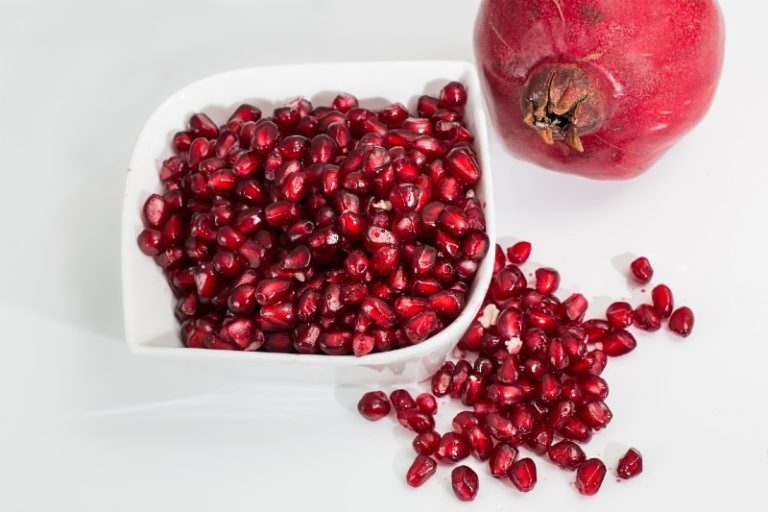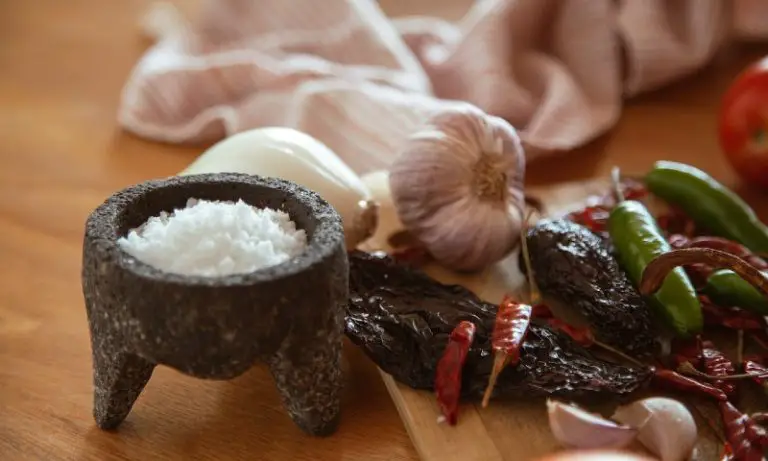A Short History of Olive Harvesting in America
“Olive trees are angels anciently wakened from the sky under the earth.” Willis Barnstone, American poet.
Olives have played a pivotal role in the survival and pleasure of mankind throughout the ages, symbolizing fertility, wisdom and peace. Although historians are unable to pinpoint the precise origins of the olive tree, it is believed that in 6000 B.C. farmers in Asia Minor cultivated the craft of grafting, replanting, and domesticating olive shoots. Greek Islanders were also able to tame wild olive trees for domestic harvesting around the same time. It is also believed that ancient Egyptians planted olive trees in the Nile Delta during the 18th Dynasty, about the time of Tutankhamen.
In ancient mythology olive trees were created by Athena, the goddess of wisdom, war, the arts, industry, justice and skill. When Zeus solicited a deity to rule over the region of Attica, Athena was chosen for creating a gift that was considered to be the most valuable to humanity — the olive tree.
Throughout history olive trees played an important role in civilizations: Egyptians, Assyrians, Persians, Greeks and Romans used them for cultural inspiration in art and literature. At the time of the Peloponnesian Wars {431-404 BC} the also olive tree was also used as a symbol of peace.
The journey of the olive tree all the way to the new world of the Americas was convoluted. During the eighth and fifth centuries B.C. olives were brought to Sicily by Greek colonists and the city of Syracuse {Siracusa} was built upon the wealth from oil and wine. Trade routes were developed by the Greeks and Phoenicians and as a result, olives made their way west to France, Spain, and Tunisia. The Romans planted olive trees in France as well as North Africa and by the tenth century groves fringed across Europe, Africa, and the Mediterranean. Italian immigrants brought olive trees to South America, southern Africa, and Australia and the olive was finally introduced to the New World in the 1500s by Spanish missionaries.
In the year 1524 Franciscan missionary, Father Martin de Valencia, began planting olive trees in California soon after his arrival. These trees eventually became a major contributor to the settlement called Alta California in what was referred to as New Spain. The olive trees in Baja California came from Dominican, Franciscan and Jesuit priests who initially brought the trees with them from Mexico City. Along with olives, the missionaries planted other trees that were familiar to them, such as pears, figs, pomegranates, nuts, peaches, and dates. Through cultivation, the trees belonging to Mission San Diego produced cuttings that were utilized to produce olive orchards throughout California. By 1834 there were a reported 467 trees produced from these cuttings.
Currently, there are an estimated 800 million olive trees planted throughout the world. They can be found on six continents and ninety percent are located on the fringe of the Mediterranean. Throughout the world, olive and olive oil businesses produce a turnover of $10 billion. The world consumes approximately 2 million metric tons of olive oil annually. Olives provide a minimum of 200 million workdays every year and are grown by 7 million families for harvest.
Varieties of olive trees grown in the United States include hybrids such as Kalamata, Manzanillo, Sevillano, Ascolano, Mission and Barovini. The olives are typically harvested in October and November. Topography, geography and climate play a major role in the growing of olives and most trees are grown in the warm, temperate climates and well drained, fertile soils of California and Arizona. The traditional methods of harvesting olives are to pick them by hand or through the utilization of a handheld rake, but technological advancements have made olive harvesting much simpler and less time consuming. Lightweight battery-operated mechanical pickers allow harvesters to pick the olives while standing at ground level. The pickers have vibrating tongs that allow farmers to remove the olives from the branches. This improves both the safety in the orchard during harvest season and harvest productivity. The most efficient harvesting maneuver is the utilization of tree shakers known as shaker bars. These tools are attached to the bottom of the olive tree or the backs of tractors before shaking the olives from the trees and onto large nets where they can be gathered easily.
Olives are harvested once the tree has flowered. They are initially hard and green but through the passing of time change to a yellow-green hue before turning a purplish red and finally black. These pigment variations coincide with the chemical changes that take place within the fruit, and a direct result of the high levels of chlorophyll found in unripe olives give the fruit a green pigmentation.
Harvested olives are then cleaned and made into olive oil or cured for consumption. Traditionally, stone wheels are used to grind both the olive flesh and pits into pulp which will eventually generate the oil. Modern technology has created a gentler means of producing olive oil through the utilization of metal grinders, which produce what is known as cold-pressed olive oil — the most sought after in the world. Olives lose flavor from the friction and heat caused by grinding and if the pulp temperature exceeds twenty-seven degrees it can no longer be considered cold-pressed oil.
The pulp is then deposited between stacked hemp mats which are then placed into a hydraulic press where the oil is squeezed from the pulp. Recycled pulp is often used as fertilizer or animal feed. The oil is then stored in steel tanks and later deposited into glass containers to be shipped to grocery stores and restaurants. Olive oil is typically stored in green glass bottles to avoid harmful ultraviolet rays that can cause the oil quality to deteriorate.
Olives are inedible unless they are pickled. They are often stuffed with ingredients from pimentos to almonds and from sun-dried tomatoes to blue or soft cheese. From the fields, olives are placed in brine to ferment for nine months, which softens and sweetens the bitter and hard flesh. They are then placed onto a conveyer belt where workers can remove leaves and debris and they are sorted by size according to width. They are then poured into a drum which will rotate and deposit them into individual pockets and this procedure lines them up for the pitting process.
Pitting machines can pit nine hundred olives per minute. A coring knife is pressed into one end of the olive and pushes the core through the other end. As the pit is removed it creates a hole that is appropriately sized for stuffing. The olives are then inspected by workers, who remove any with imperfections, before being stuffed individually by hand. They are deposited into jars that are filled with fresh brine, which gives the olives a two year shelf life. Each jar is heat sealed and labeled.
Domestic olive oil and olive harvests are shipped throughout the United States and distributed among specialty stores and super markets. Less than two percent of the olive oil consumed in the U.S. is produced domestically, making it a net importer. There are artisan families who pass the tradition of olive harvesting and olive oil production down through the generations, including the Lucero, Katz, Cleary, and Pasolivo families as well as the Olivina Ranch.
One of America’s founding fathers, Thomas Jefferson {1743-1826} believed that “The olive tree is surely the richest gift of Heaven” and “the most interesting plant in existence.” As olive oil consumption continues to increase in America, in California alone there are now over 40 000 acres of olives grown on 1,550 farms, producing 110 000 tons of olives.
Olive and olive oil producers in U.S.A
Albers Olive Company, Berkeley Olive Growers Association, Bolivar Packing Company, Burt Brothers California Olive Packers, California Ripe Olive Company, California Sanitary Canning Company, Caripo Olive Company, Carpenter Brothers, G.L. Chapman, Richard Codman, George Craig Olive Company, Curtis Corporation, Fred Dietz Olive Company, Early California Foods, Ehmann Olive Company, William H. Floyd Company, Cristo Fusano and Sons, Golden State Olive Company, B.A. Goodwin, Harbor City Canning Company, H.J. Heinz and Company, Highland Olive Grove, Hunt Brothers, Joseph Kimball, Loma Ranch Company, Ojai Olive Company, Pratt Olive Company and Terra Bella Olive Association.



